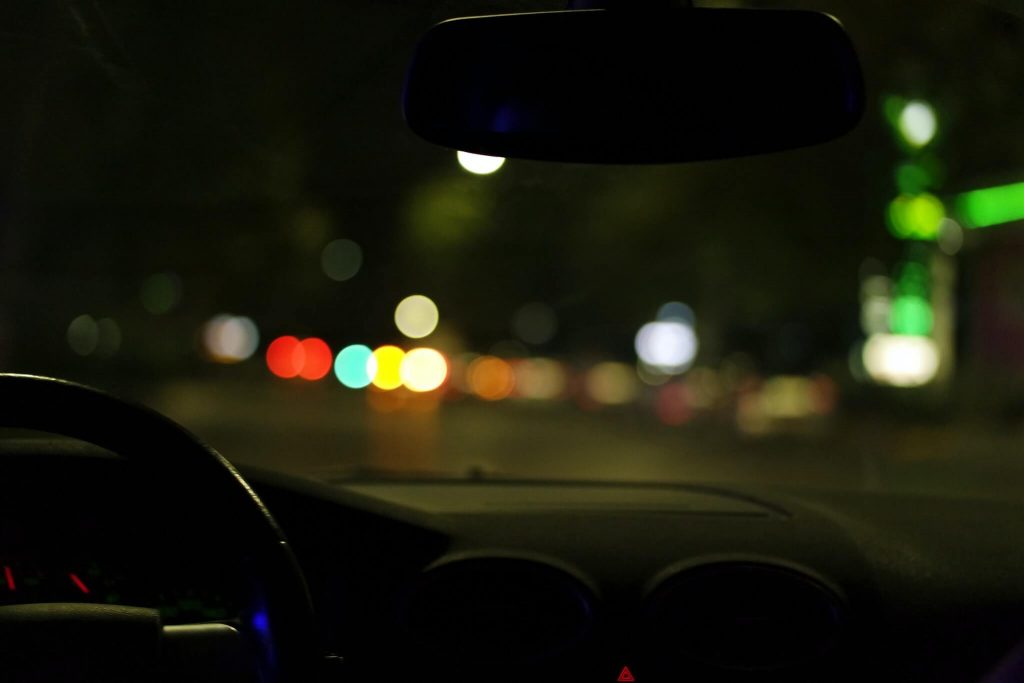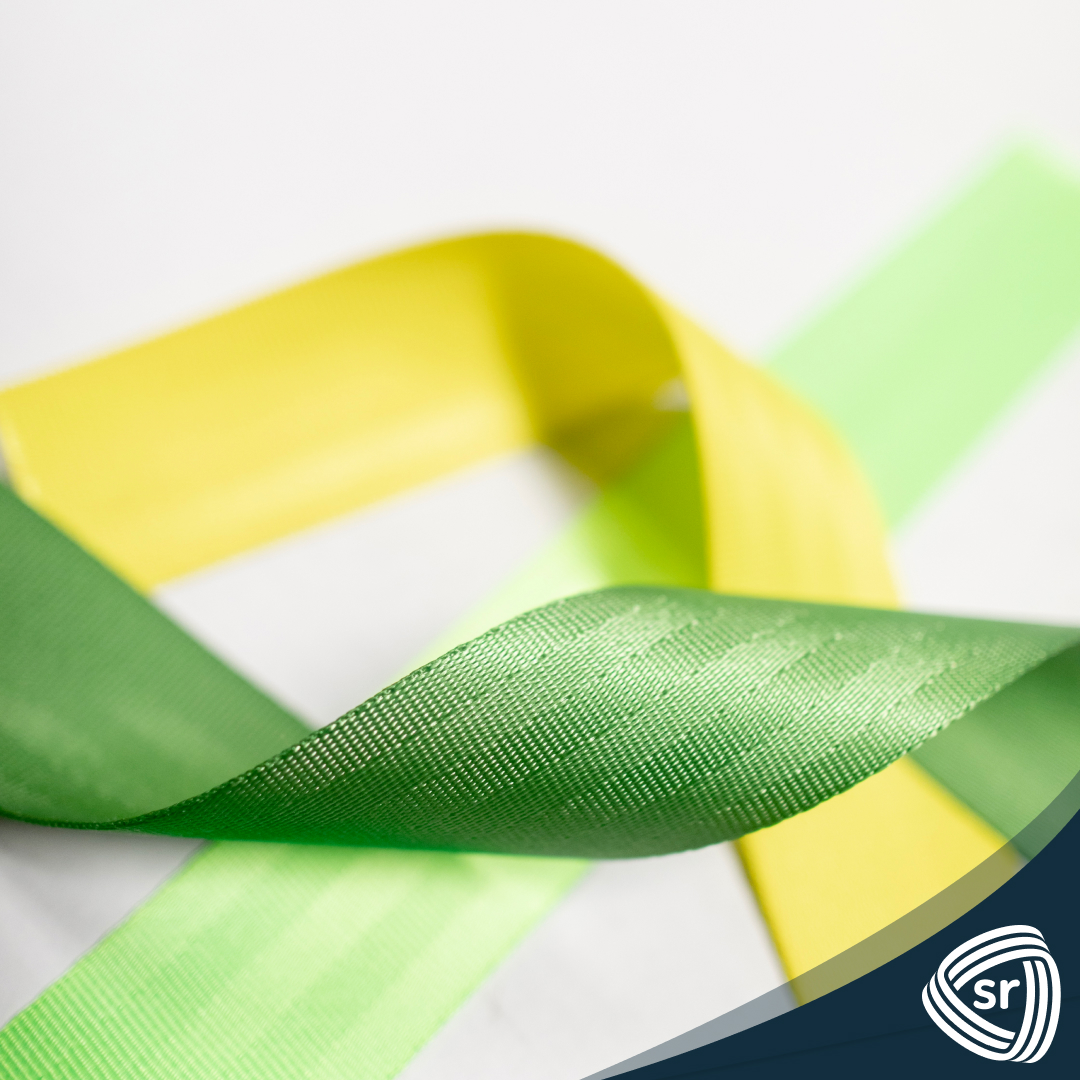
Night Driving: 7 Tips for Road Safety After Dark
If you’ve noticed that you’re more tense when driving at night, you’re not alone. While the road can be dangerous at any time, studies show that driving is more dangerous after the sun goes down. In fact, fatal accidents are 3x more likely to happen at night than during the day. While you can’t control other drivers, there are steps you can take to improve safety on the road in the dark.
While you should practice mindful driving any time you get in your car, night driving requires a bit more attention. Today, we’ll cover some of the most common hazards you may face after dark and discuss tips for when you are driving at night.
Why is Night Driving Dangerous?
The overarching reason why driving in the dark is dangerous is obvious: humans don’t see as well in the dark. But where exactly does the danger lie? Driving at night results not just in reduced visibility, but slower reaction times as well. You are less able to judge the speed and distance of oncoming traffic, which affects your ability to react appropriately to a dangerous situation. These factors make it easy for a driver to misjudge the actual speed or distance of another vehicle, increasing the risk of a collision.
Another aspect of what makes night driving more dangerous has nothing to do with you — sometimes it has to do with other people on the road. The National Highway Traffic Safety Administration (NHTSA) reports that between the hours of midnight and three in the morning, drunk drivers cause 55% of deadly accidents, while between 9 p.m. and midnight, they cause 36% of fatal accidents. When you drive at night, you need to be vigilant for more than just yourself. But unfortunately, it’s not just drunk drivers that can put you in danger in the wee hours of the night.
We’re going to make one more obvious statement: people get tired at night. Drowsy driving is one of the biggest threats of night time driving. Drowsiness and driving are a formula for disaster, yet according to a survey conducted by the National Sleep Foundation, 37% of American adults have nodded off while behind the wheel. About one-fifth (13%) of drivers from this same study admit to nodding off at the wheel at least once a month. The NHTSA estimates that 100,000 accidents reported to police each year are caused by drowsy drivers. It’s dangerous for everyone on the road when drivers are sleepy. Fatigued drivers are three times more likely to be in a car accident, and losing only two hours of sleep has the same effect on driving as drinking three beers.
7 Tips for Driving at Night
These statistics aren’t meant to scare you out of night driving, they’re meant to educate you about the dangers on the road after dusk. Let’s take a look at how to drive at night and some ways you can stay safe.
1. Reduce Your Speed and Increase Your Distance
NHTSA reports that due to reduced visibility and slower reaction times, 37% of night time driving deaths are caused by speeding, compared to 21% during the day. This danger is compounded by aggressive driving habits like tailgating. At night, it’s crucial that you give yourself more room to react to the car in front of you. The usual range of a vehicle’s headlight is 160 feet in front of the car. However, at 40 mph, you still need a stopping distance of 190 feet. Additionally, take into account the weather and conditions when deciding on your speed. For example, if it’s raining heavily, reduce your speed and increase your distance significantly.
2. Use Your High-Beams Correctly
When driving at night, high-beam headlights can be both a blessing and a curse. While they’re great for increasing your visibility, they can actually reduce visibility for others on the road. Light from oncoming vehicles’ high-beams might obscure other drivers’ view, making it hard to not just see the road, but difficult to see anything at all. If you’re the victim of high-beam blinding, the universal sign to switch back to low beams is a quick flash of your own high beams. Pro-tip: Inspect your headlights regularly. Are they functioning correctly? Be sure that your lights are properly aimed if you want to see and be seen on the road without overpowering other motorists.
3. Take Care of Your Eyes
While this isn’t necessarily a driving tip, it’s an important part of staying safe on the road. A yearly eye exam is a must, as eyeglass prescriptions change and night vision decreases as we age. For example, in order to see clearly at night, a driver aged 50 may require twice as much illumination as a driver aged 30. The American Optometric Association reports that vision problems increase as people approach age 60, making driving more hazardous not just at night, but during the day as well. Cataracts and other degenerative eye conditions can impair vision, which is a severe risk for elderly drivers and others on the road.
4. Be Safe on the Side of the Road
Life happens, and sometimes we can’t avoid having to pull over to the side of the road. However, this is a much more dangerous situation in the dark, especially if you have to pull over on the highway. Night driving reduces visibility for everyone around you, so make sure you can easily be seen from the road. Increase your chances of being seen by other drivers by carrying reflecting gear, turning on your warning lights, and even your dome light inside the vehicle. Keep in mind that while waiting for assistance, your vehicle is the safest place to be.
5. Fight Drowsiness
As we discussed earlier, drowsy driving accidents peak between midnight and 6 a.m. While you can’t control how much sleep other people get, the best way to protect yourself from drowsy drivers is to not become one yourself. Don’t go for long drives when you haven’t gotten enough sleep, caffeinate yourself if necessary, and if you find yourself feeling sluggish and tired, find a safe place to pull over or spend the night. Common signs it’s time to pull over include nodding off, frequent yawning, not remembering driving the last few miles, and drifting into lanes or rumble strips.
6. Avoid Distractions
Distracted driving causes an average of 3000 accidents per year. It’s risky to divert your focus from the road for any reason, whether it’s texting, adjusting the radio, or eating. Distracted driving includes anything that involves taking your hands off the wheel, your eyes off the road, and your mind off the task of driving. Distracted driving is even more dangerous at night because your reaction speeds are already down even while alert, meaning if you’re distracted, your reaction time hits an all-time low. So leave that phone out of sight and don’t fiddle with the radio after dark — it’s not worth it.
7. Wear Your Seatbelt
This tip isn’t restricted to night driving — anytime you’re in a vehicle, you should be wearing a seatbelt (yes, even on that two-minute drive to the grocery store). Despite proof that seat belts reduce the risk of front seat passenger deaths by 45% and that seat belts save over 15,000 lives a year, many people continue to disregard seat belt laws. Not only do you need to ensure you’re wearing your buckled up all times, it’s important to maintain your seat belts. While they may feel like a small part of your vehicle, they’re arguably one of the most important. So make sure you inspect your seat belts straps as well as the buckles regularly.
Find Peace of Mind with Safety Restore
While there are steps you can take to mitigate safety risks on the road after dark, accidents happen. When they do, you need to restore your vehicle (and your peace of mind) as soon as possible.
Trust Safety Restore, the leading post-accident restoration service, to get your car back into tip-top shape after an accident. Offering services ranging from seat belt repair to airbag module resets, we’ve got you covered. Visit our website to learn how we can restore your vehicle to safety today.


